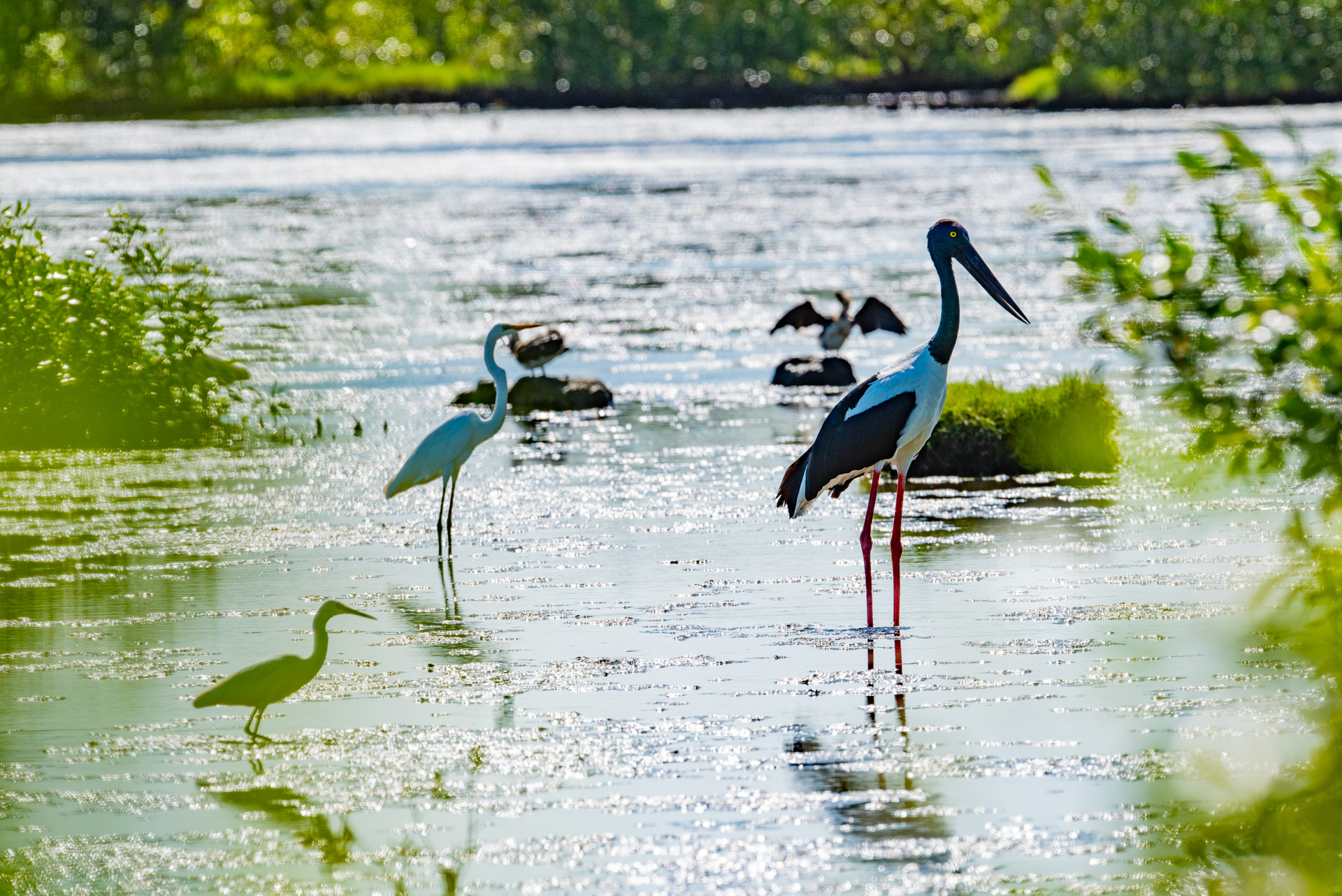|
|
BiotaBiota can be defined as organisms within a particular area or geological period[1]. Biota can be looked at in different ways, such as through taxonomy, or by functional or structural groupings. Quick fact
Population dynamicsA population is a group of individuals of the same species that live in the same geographic area and interbreed with each other. Many species consist of multiple populations dispersed over a few to many geographic areas[6]. Unlimited resources for a population of a single species theoretically allows them to grow geometrically or exponentially in number. In practice, limiting factors provide a ceiling for populations, where numbers are moderated based on the conditions of the system they live in, which includes interactions with other species[5]. Limiting factors create complex dynamics in systems where populations may fluctuate in size. Events (for example floods and droughts) and disturbances (for example fluctuations in temperature and nutrients) may trigger events where numbers in one population rise significantly and another can suffer declines and may lead to local extinctions. Increases in populations can have a variety of impacts on the system they occur in. These impacts are also largely dependent on the interactions between species and the resources they consume[3]. An example of increases in populations in aquatic systems are those that often occur with algal blooms. Algal bloom refers to an accumulation of algae that can result in discolouration of water, surface scums, and unpleasant tastes and odours. Blooms can vary in colour, and may be easily seen on the surface or evenly spread throughout water. They are most likely to occur when weather conditions are warm and nutrients in the water are abundant[2]. Pages under this sectionReferences
Last updated: 22 March 2013 This page should be cited as: Department of Environment, Science and Innovation, Queensland (2013) Biota, WetlandInfo website, accessed 8 May 2025. Available at: https://wetlandinfo.des.qld.gov.au/wetlands/ecology/components/biota/ |

 — Department of the Environment, Tourism, Science and Innovation
— Department of the Environment, Tourism, Science and Innovation



